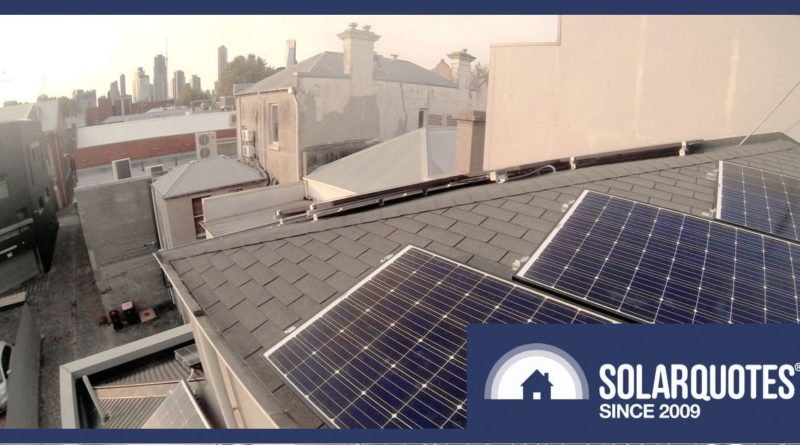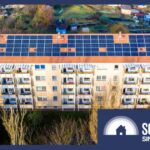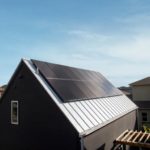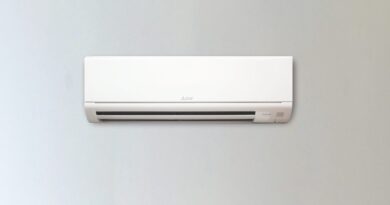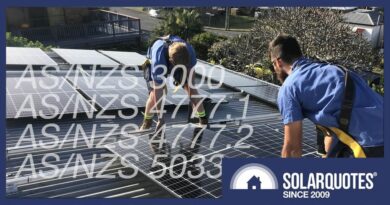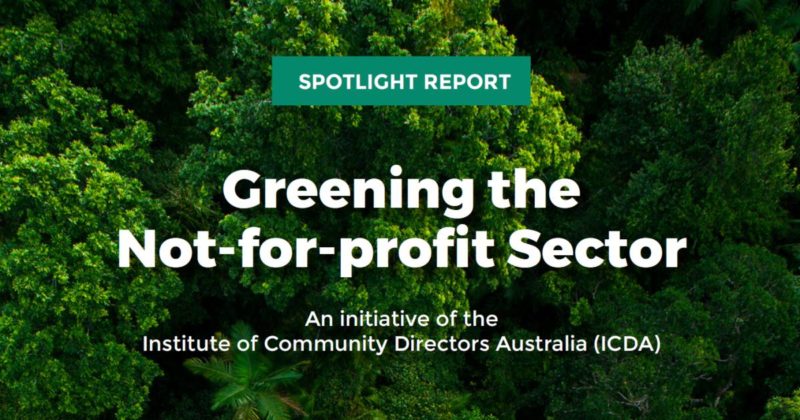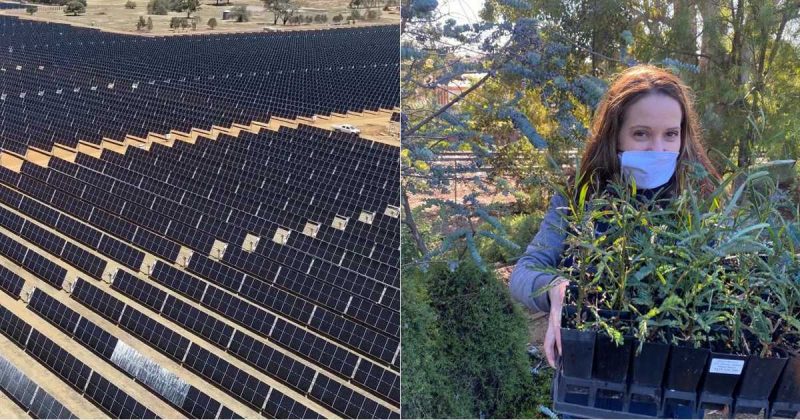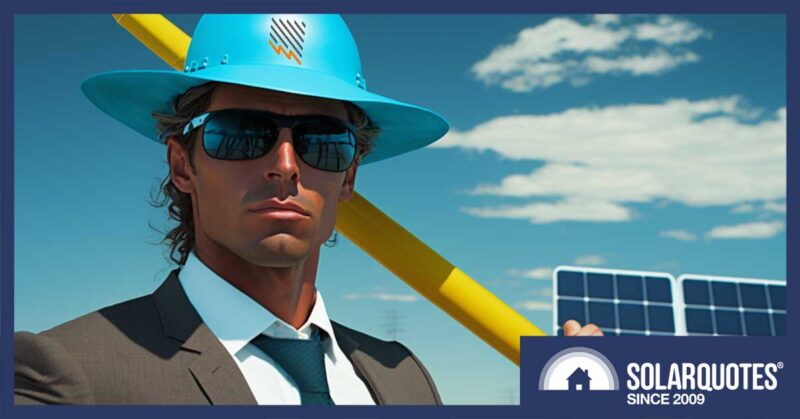Solar For Strata Properties: 3 Easy Steps
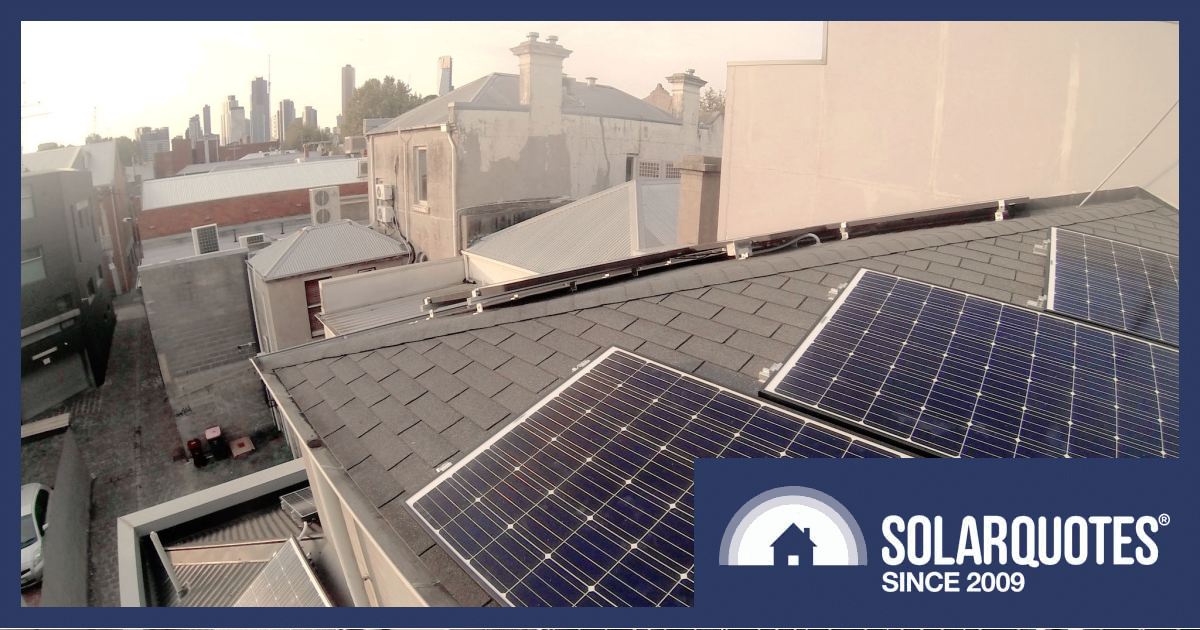

Do you own a strata property and want solar power?
Then you’ve probably hit a giant roadblock: although you own the property, you probably don’t own the roof. And that’s a problem if you want to put panels on some of that roof.
Well, I have some good news for strata property owners. Installing solar on that shared roof could be easier than you think.
This is the story of one such strata property owner who got off his proverbial fence and did it himself. Scott Watkins has walked the walk and kindly offered to share his solar strata experience with anyone who cares to listen.
He’s even gone a step further – a giant step. The custom, expensive legal document (Common Property Licence Agreement) that Scott paid a lawyer to draft and made it all possible is available free to use right at the end of this post, no strings attached. That’s not a typo. Scott is too good for this world.
This is a case study of sorts that relates to his particular solar installation. The nature of strata properties, in general, being so varied means that your own particular journey, if you choose to start it, may be quite different from Scott’s. This is not a ‘how-to’ guide on every possible scenario that you’re likely to encounter, but a good start.
Jump in. Here we go.
The Strata Complex
Scott’s strata was originally an old pub in South Melbourne that has since been redeveloped. Now a small mixed residential and commercial strata complex, it encompasses a commercial premises (a shop) on the ground floor with three residential units above with adjoining walls.
The roof (or roofs) on which the solar panels now sit are physically on top of Scott’s residential unit but legally owned by the strata body. There are no common areas.
Step 1 – Talk To All Stakeholders
Scott approached the owners of the other units before he purchased his own and got their thoughts on his plan to install a solar power system if he bought the unit. The two owners of the other residential units were no obstacle. They weren’t, however, interested in being part of, or getting, a system themselves.
The property agent for the commercial premises was a harder nut to crack. There didn’t seem to be a lot of goodwill shown on his behalf. Maybe the agent had other priorities or was having a bad day.
The strata body agent was also consulted and took quite a bit of persuasion to come to the party. Correct me if I’m wrong, but I thought the agent worked for the owners, not the other way around. Anyway, it all ended well. Read on.
Scott also needed a tick from the local council. Their only issue was the heritage overlay in place with that particular building. No problem. They were happy as long as the solar panels weren’t visible from the street. Tick.
The other important stakeholder, of course, was the solar installation company. It would have been a waste of time jumping through the hoops above if the job wasn’t technically feasible for the particular property. Another tick. More on that further in the article.
Step 2 – Legal Stuff
Fortunately, as a sign of the times, another potential barrier to your solar dream has been removed if you live in Victoria. ‘The Owners Corporation Act 2006’ was amended in 2021 to read:
“An owners corporation must not make rules that unreasonably prohibit the installation of sustainability items on the exterior of a lot.”
In Scott’s case, this wasn’t relevant because his system was installed prior to 2021. All he needed was a special resolution passed by the strata body that required at least 75% of the members to vote yes and no more than 25% of members to vote no. This percentage may be different in your state, so check first.
Anyway, he got 75%. His kind neighbours were all for it, and the agent of the commercial premises voted no. The outcome wouldn’t have affected the agent either way, so karma will hopefully bite him on the arse.
Now The Big One
A contract needed to be drawn up so Scott could lease the roof for his solar panels from the strata corporation. If you’ve read this far, it might be your lucky day because he’s about to share this precious document with you for free!
He had a lawyer draw up the four-figure, twenty-page Common Property Licence Agreement, which allowed him to lease the roof for ninety-nine years for the grand total of one dollar per year.
I bet he rushed that contract out the door before the ink had dried and got it signed by everyone! A couple of bottles of champagne bubbly may have been popped that night.
The document clearly sets out all parties’ legal rights and gives future owners a safety net if Scott decides to sell further down the track. The lawyer also helped the strata body agent prepare the special resolution mentioned above for the vote that allowed the process to go ahead.
Step 3 – The Solar Install
The solar company Scott hired to do the job was, from a technical point of view, competent and professional. However, they had no experience navigating the extra bureaucratic hoops required to get a system installed on a strata property.
This was not an issue at all because Scott had done the hard yards and ticked off all those extra boxes by installation day. The solar company was able to complete the job like just another day at the office.
Hot tip for solar company owners in major metros: Both my and Scott’s thinking is that there could be an untapped market for solar companies who are willing to put some resources into educating themselves with the view to guiding strata property owners through this process.
Back to the install.
The 4.2kW system installed consisted of 14 x 305W Winaico mono PERC solar panels, each with its own Enphase microinverter mounted underneath the panel. These were recommended because of the shading and orientation issues of his roof (or roofs in this case).
Panels were mounted on four different roofs over three levels of his apartment. To complicate things further, they were also oriented differently. Some faced north and others north-west, some mounted portrait and others landscape.
None of these panels were visible from the street, so aesthetics played less part in the overall design. The mixed orientation of the panels strangely and counterintuitively offered a better outcome.
Using microinverters rather than a single string inverter was the perfect solution for this particular job. It meant that the maximum possible solar energy output could be harvested from a compromised roof layout. This method allows each panel/ inverter combination to feed AC current independently to the grid through Scott’s meter.
The extra cost of installing microinverters was justified in Scott’s opinion, and his opinion is the one that counts. The system paid for itself in less than five years. I forgot to mention previously that this journey started seven years ago. It’s money in the bank from here on.
The other thing I haven’t mentioned so far is the potential roof area available for future solar panels of other strata property owners. The other two units in this instance don’t have a typical pitched roof like Scott, but a flat terrace roof.
Although it never came up in conversation with his neighbours, there is absolutely potential for a solar array on each unit. The options are either mounting solar panels on tilt frames directly to the roof, or building a taller structure to mount them on so the occupants can still use the roof for whatever purpose they choose.
Wrapping It Up
I asked many questions of Scott whilst putting together this article. I’ll leave you with some of them, along with his answers, and hope that the info here is enough to get any strata property owners onto the solar energy bandwagon.
SQ: In simple terms, what was the process from start to finish?
Scott: 1.Talk to owners and/ or managing agents of properties, 2. Get a legal document drawn up and signed by all parties, 3. Install the solar power system.
SQ: What were the main hurdles and hoops to jump through?
Scott: Educating people. Especially property managing agents and body corporate agents.
SQ: What advice would you give other people wishing to do the same?
Scott: Communicate well with the other strata owners. This is obviously more difficult the bigger the strata complex. Also, get everything legally documented to cover future owners of the property.
SQ: Would you do anything differently the second time around?
Scott: Get a cheaper lawyer!
Problem solved. Here is a generic template made from Scott’s Common Property Licence Agreement, free for anyone to use.
And for good measure, here’s the Owners Corporation Ballot Paper – Special Resolution.
While we’re at it, why not throw in the Owners Corporation Ballot Instructions.
Bear in mind it might be worth reading the relevant legislation in your home state and a bit of tweaking to fit your circumstances. If in doubt, get a lawyer to eyeball it.
Good luck!
Boring Disclaimer: The information and/ or opinions expressed in this article do not constitute legal advice, are not intended to be a substitute for legal advice and should not be relied upon as such.
Original Source: https://www.solarquotes.com.au/blog/solar-for-strata/

